How to Control Mould in House
Some residents live under the constant issues that mould brings with it. Unfortunately, due to various circumstances, sometimes mould cant be removed at its root immediately, so until that time, practices have to be taken to reduce the rate of mould growth.
In this blog, we will provide you with valuable insights in how to control mould in the house.
With new buildings being made to be as energy efficient as possible, and the UK aiming for 95% of its electricity usage to be low carbon by 2030, it is imperative to understand how we can make the most of our ventilation. This is where heat recovery ventilation units come in.
To prevent mould, fresh air should constantly be introduced into your dwelling daily, as it helps to regulate temperature and reduce condensation. Introducing fresh air can be as simple as having a ventilation routine, or installing extractors or MVHR units. Almost all of this is facilitated by ducting.
At I-Sells, all things ventilation and ducting related is our speciality, and we are here to answer the questions we know are common for those new to HVAC and what it encompasses.
What is mould? How does it form?
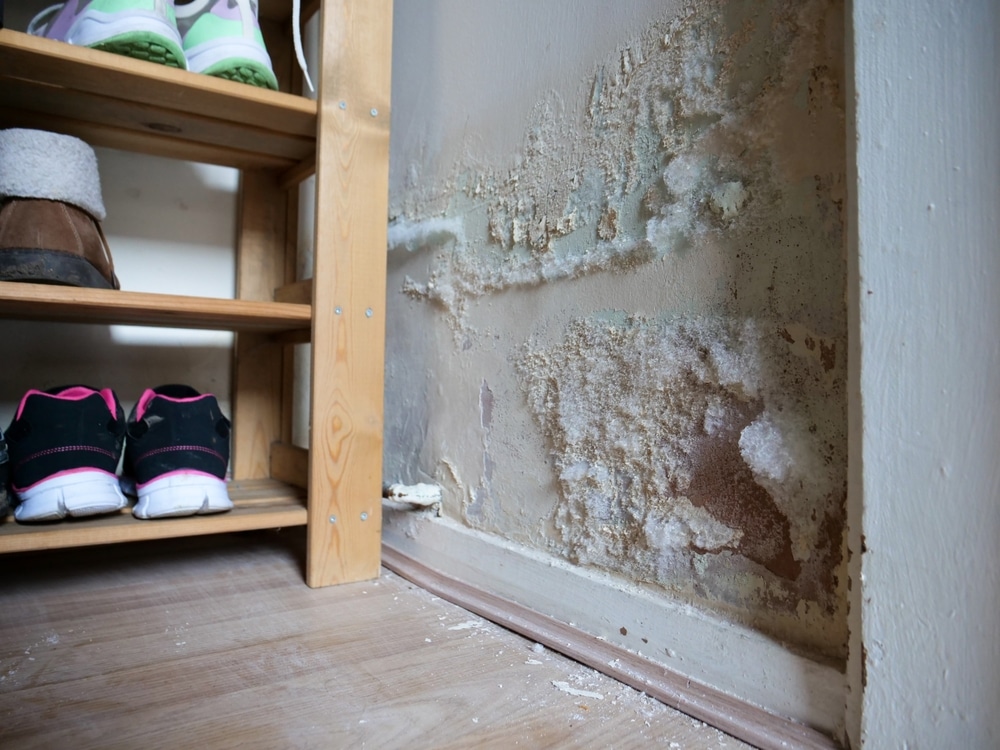
Mould is a form of fungus that thrives on wet, warm surfaces and humid atmospheres. The most common form you would find in your home are…
- Black Mould – Also called Stachybotrys chartarum, Black mould is commonly found in bathrooms and wet rooms but can also occur on cold exterior walls in habitable rooms such as the bedroom or living room.
- Cladosporium – Commonly found in bathrooms, under sinks, and around taps, but it can grow on surfaces like carpets, furniture, walls, and floors.
Mould travels and multiplies via tiny spores. These spores land far and wide, but only multiply once the correct wet and humid conditions have been met. Once this happens, it can very quickly get out of hand.
It can form easily in bathrooms and kitchens, as these rooms can become very humid and wet under certain circumstances. The problem with mould is that when it is left to form, it can penetrate deep into walls, grouting, and many other surfaces.
Mould can also come as a result of an unaddressed leak from a pipe, or from a window or door that is not properly insulated.
If you have found mould in a home you are living in, but don’t own, you need to assess if this is your landlord’s responsibility (for example, it could be from a leaking roof that needs repairing). Or if improper ventilation causes the dampness. To assess your options, click here.
How quickly can mould affect my health?
Depending on the severity of your allergy, mould can take days or even months until you begin to feel the effects of it. You should not be amongst mould and aim to get rid of it immediately, as it can be known to affect people’s health or intensify health conditions if you have a mould allergy.
Here are some signs that mould could be impacting you. It is more relevant if you didn’t have any of these issue until you had extended periods amongst mould.
- Hair thinning/ hair loss.
- Weaker immune system, more obvious if you go from rarely being ill to regularly being ill.
- A lingering cough.
- Unexpected skin rashes.
- A lack of vitality.
- Breathing that is slightly more laboured than usual.
- Breathing in the outdoors is more comfortable, than breathing in the home with mould.
- Regular or increased instances of having phlegm in your throat without any illness or contaminants that affect your lungs such as cigarettes.
The most definitive way to understand if these issues are caused by mould, is by spending an extended period of time away from it, if those symptoms go, then you were being affected by an allergy to mould.
How to control mould in house
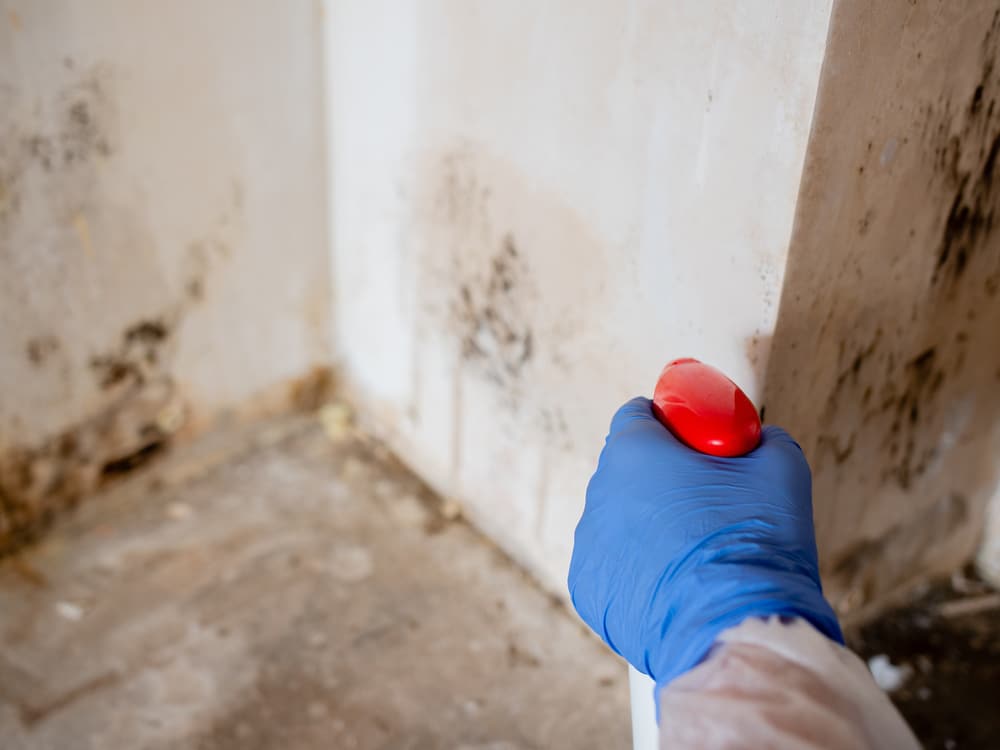
We speak for everyone when we say mould needs to be erased from your home immediately.
However, we are sympathetic to the fact that some of our readers are having to wait for mould removal. This can be due to needing a landlord’s permission, or dealing with mould that is a result of the home needing repair work in areas.
For people who find themselves in situations like this or similar, mould removal is possible, but will only be temporary until the cause of the mould is fixed. Until that moment, there are practices you can engage in that will control the growth of mould by reducing its speed of development.
Here’s what you can do to control the rate of growth for any mould in your house…
- Keep windows open during hot showers, and the extractor fan on. Leave the window open after your shower.
Keep the bathroom door closed whilst the window is open to prevent steam and humidity going further into your home, only close the window when you can’t feel any steam or humidity in the room any more.
- Use mould control products, some of which can destroy mould on surfaces.
- Open the windows of your home daily, have a ventilation routine for around twenty minutes, adjust accordingly in relation to the level of mould and general humidity.
- When cooking, have a window open and use the cooker hood if you’re using the hob or oven.
- If you have to leave a room door closed because of mould, at least leave a window open in there to provide some level of ventilation.
- Wipe away any condensation you find.
- Close doors of rooms that are generating heat or steam, such as kitchens and bathrooms.
Mould control products
If you want to remove mould and prevent it from coming back, sometimes, the answer can be in mould control products. For example, our Kair mould control and hygrometer pack provides all the tools to destroy and keep track of any potentially mouldy environments.
The mould control pack comes with
- Mould surface cleanser x1 – Apply this onto mouldy surfaces as recommended by the user guide.
- Anti-mould additive x2 – This is a vital key in preventing the mould from hopefully growing back again.* Simply mix into your paint and apply. Its antifungal properties will kill mould it comes into contact with.
- Hygrometer x2 – This device measures the amount of humidity present in the room it is in. It can tell you when humidity is at dangerous levels, as a result, you can apply ventilation methods to reduce the humidity.
* If the source of the mould isn’t treated, then it is only a matter of time before the mould returns.
Professional mould removal
If your efforts to remove mould have been failing, there are mould removal companies that specialise in this practice. They can diagnose causes of mould, provide guidance in terms of possible repairs, and of course, provide thorough mould cleaning services, in addition to providing guidance in avoiding mould in the future.
Local mould removal specialists can be found easily via online directories.
Remove mould in your house today
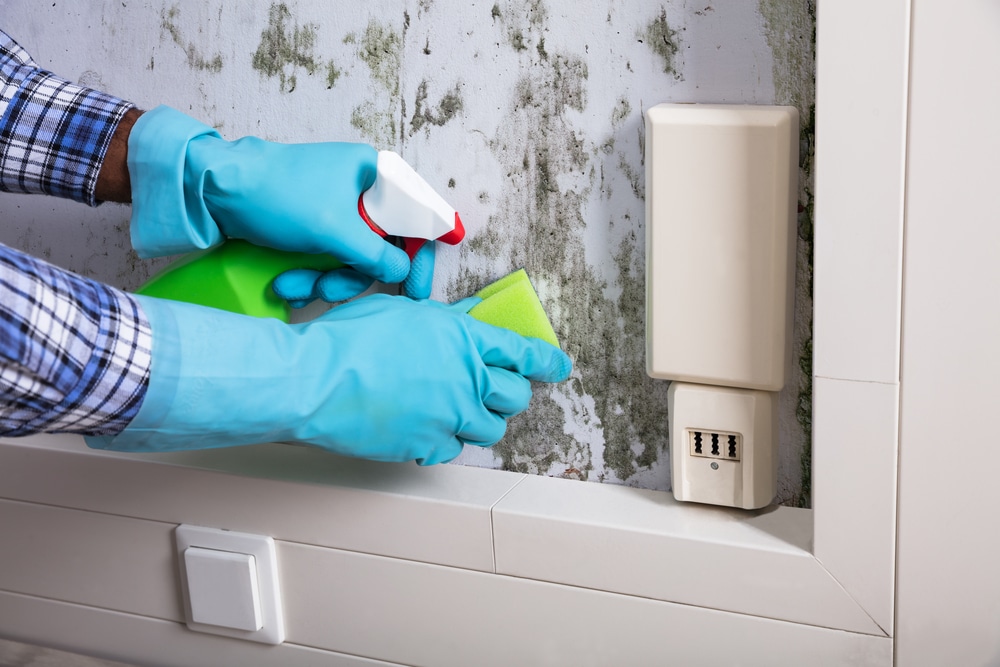
We at I-Sells endeavour to ensure our customers have all the information they require before investing in our mould solutions. Be sure to visit our blog page to learn about the vast array of factors and issues surrounding ventilation, mould, condensation, and much more.
We hope to have shown you how to control mould in house.
We understand you may have more questions, do not hesitate to contact us for more information about whatever you need our help with. If you’d like to email us, click here. For other contact options, see below:
Call us on 020 8463 9696
Visit us at our showroom:
*OPENING TIMES*
Monday – Friday: 8:00 am to 5:30 pm
Saturday: 9:00 am to 12:00 pm
Sunday: Closed
15 St John’s Parade
Sidcup, Kent
DA14 6ES
United Kingdom

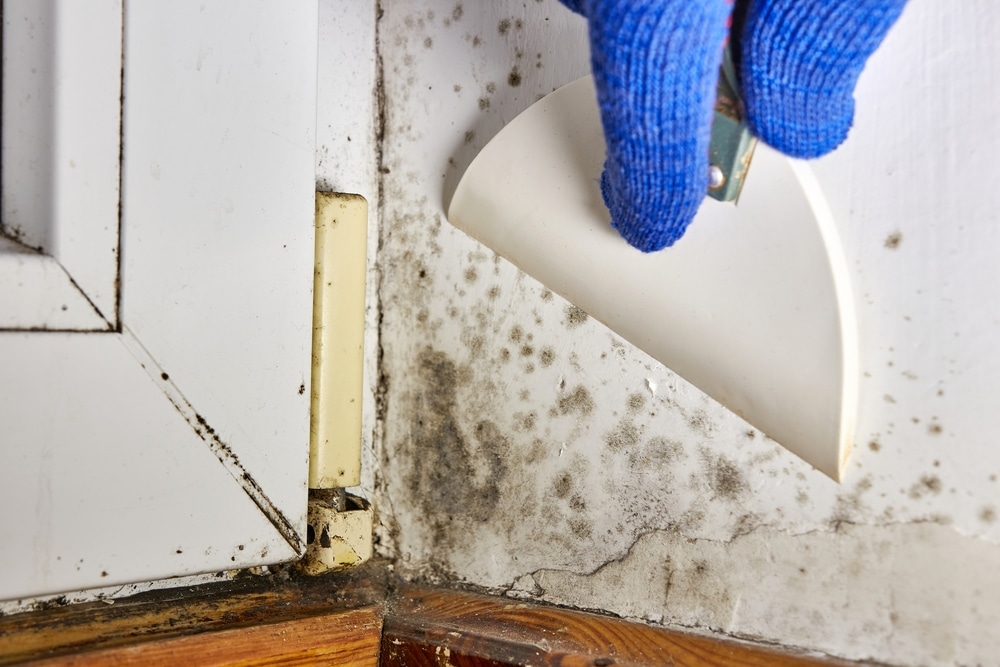
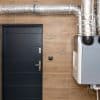
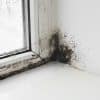


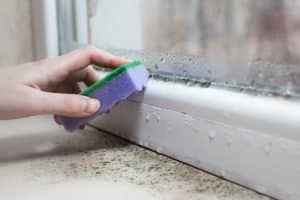






















Add comment
You must be logged in to post a comment.